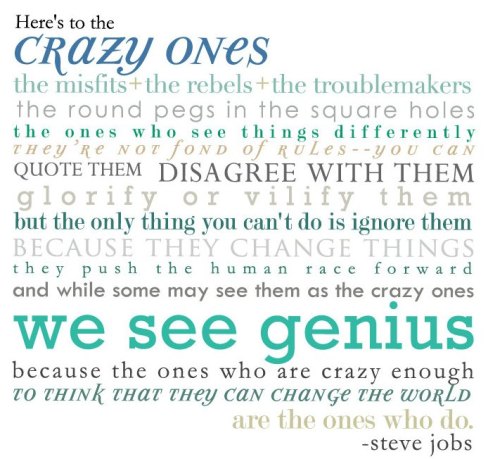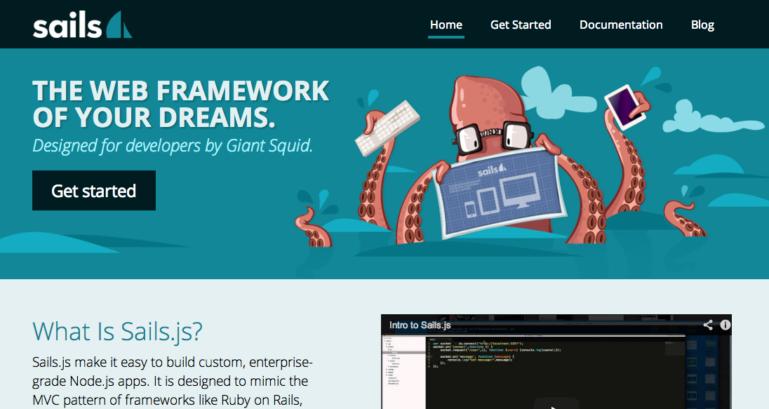
Learning is an art of adapting and applying yesterday skills, experiences and knowledge to today’s circumstances.
The changing and evolving world of the 21st century requires new sets of skills, and Education is the medium by which we can learn and teach them. Adapting is necessary because the world is in constant flux – Change happens; research has shown that what the world knows doubles every 18 months.
The Change-Makers, the leaders of tomorrow, are those who have the foresight to see the next curve of change and then commit to helping not just themselves but others to prepare for and harness this change.
Utilizing education and learning, they communicate their thoughts and beliefs and experiences and knowledge with the aim of educating and enhancing.
Most times, these ones go against the norm, they strive to change the status-quo. Sometimes they are branded radicals and mavericks by those too afraid to change. But courage and strong faith in the value they are creating keeps driving them forward.
The Change-Makers move the world forward, and Teachers are the greatest of them all. By educating others, they help prepare them to initiate, meet and face the challenges of change. Teachers enlighten, guide, encourage, inspire, motivate and challenge us to rise to the full capacity of who we can be.
And this is the HackReactor Edge. Having looked at the status quo; the numerous degrees in Computer Science, they have re-defined what VALUE means for and to a software engineer in the 21st century. And in 12 intense weeks of focus, they drill these concepts into you. It can be a terrifying ride, but it is at once both enjoyable and exhilarating; challenging you to stretch yourself beyond your mental boundaries.

What is the HackReactor Edge? It is, in my understanding, summarized by the 4 points below:
• Code-First, Code-Always: there is no better way to learn but by doing; and that is the first principle you learn at HR. As one who loves to read, I have discovered that “Knowledge acquired not applied soon disappears”. HR throws you into the deep-end of practicals: you can learn coding only by coding. Practice cements and solidifies Theory. Do more, get better… This principle gives birth to the next one, which is…

• Toy Problems: these are a series of daily challenges you are required to solve at the beginning of each day. When you think you know a subject, toy problems redefine your assumptions. They stretch your understanding of the subject matter till you grasp all the minutest details of it, leaving you gasping with the satisfaction only true mastery gives. Sometimes they give you nightmares in the daytime, but what marvelous brain-churning nightmares they are. “Challenges make a man, and he who from them shrink denies himself of the opportunities to grow”; toy problems are the ultimate test of your mettle.

• Accelerated Learning: Whew!!! Strap on your seatbelts, the jet is about to take off!!! Your learning and assimilation skills are ramped to the max; you have to work on your capacity to absorb multiple concepts at amazing speed. You realize that you have been your own greatest enemy in your past learning experience: by limiting what you can learn at any given time. By exposing you to multiple cutting edge technologies simultaneously, HR helps your mental capacity grow.

• Pairing and Accountability: as a melancholy, I love to be on my own and do on my own. But HR has challeged me to re-assess my prioities. True learning is social; true mastery can never be achieved in isolation. Pairing helps you see the world of code from another set of brilliant eyes; it makes you stay accountable and focused on the task at hand. It gives you feedback on your present skill level and highlights areas where you need to work on. You learn the truth in the axiom: “There is no growth without accountability”.

In the supersonic pace, it is sometimes easy to yield to the human nature of plaguing feelings of inferiority. You may at times feel overwhelmed, may be tempted to give up and throw in the towel, may look around and see yourself surrounded and outclassed by peers who seem to do so much better than you are doing.
This is where you appreciate the excellence that HackReactor represents: their TEAM. This group of exceptional, brilliant maestros pre-empt your fears; their personal touch seems like magic; they seem to sense what you are going through and like a mother helping her toddler take the first steps, they lovingly guide you back from the precipice and through your challenges. They are one call (or Google Hangout) away, with amazing resources to meet your needs. They bring you back into the community and help you realise that “heck, its one big family”…
It’s just 2 weeks in 12, and it has been one jolly ride. I am glad I am in the HR family, maybe you should come along too.
If you are a software engineer, a web developer, a computer science under/postgrad or you are aspiring to be one of the above, my challenge to you then is this:
Are you tired of the status quo? Do you desire to take your skills and knowledge to the next level?
Then Try the HackReactor challenge; Get the HackReactor Edge!!!
You’d be glad you did…
Let me end with a dedication to the HR Team from another great maverick, Steve Jobs…












